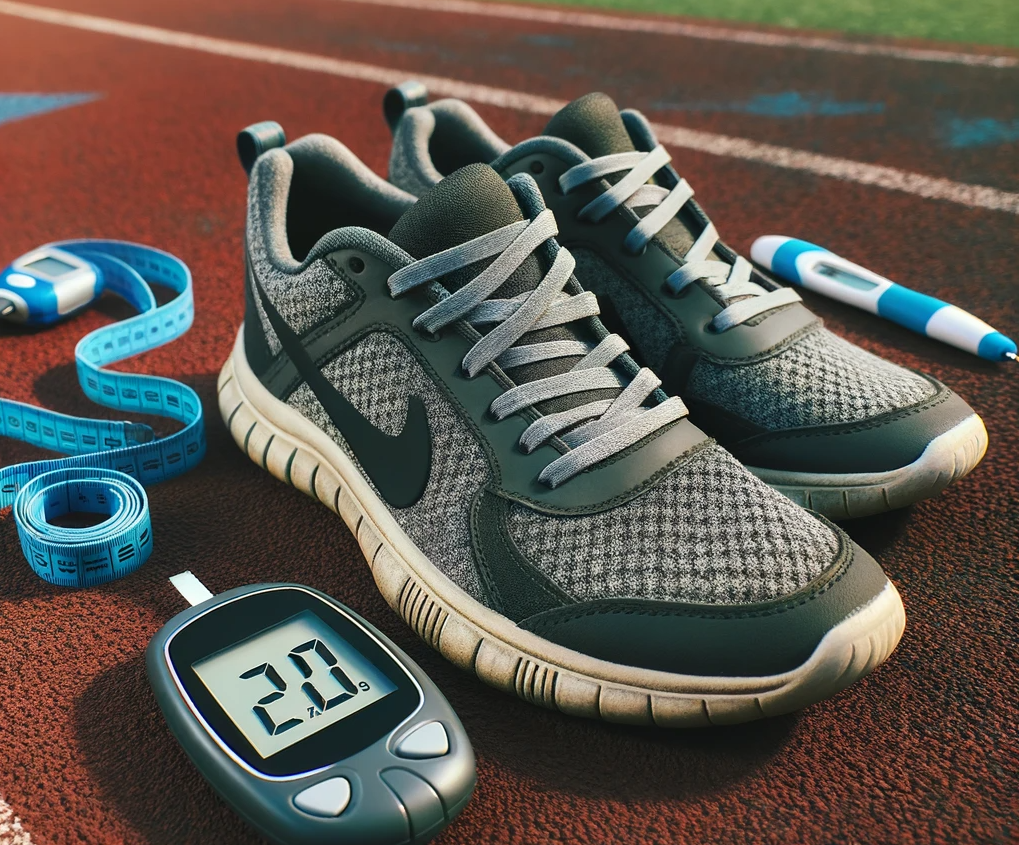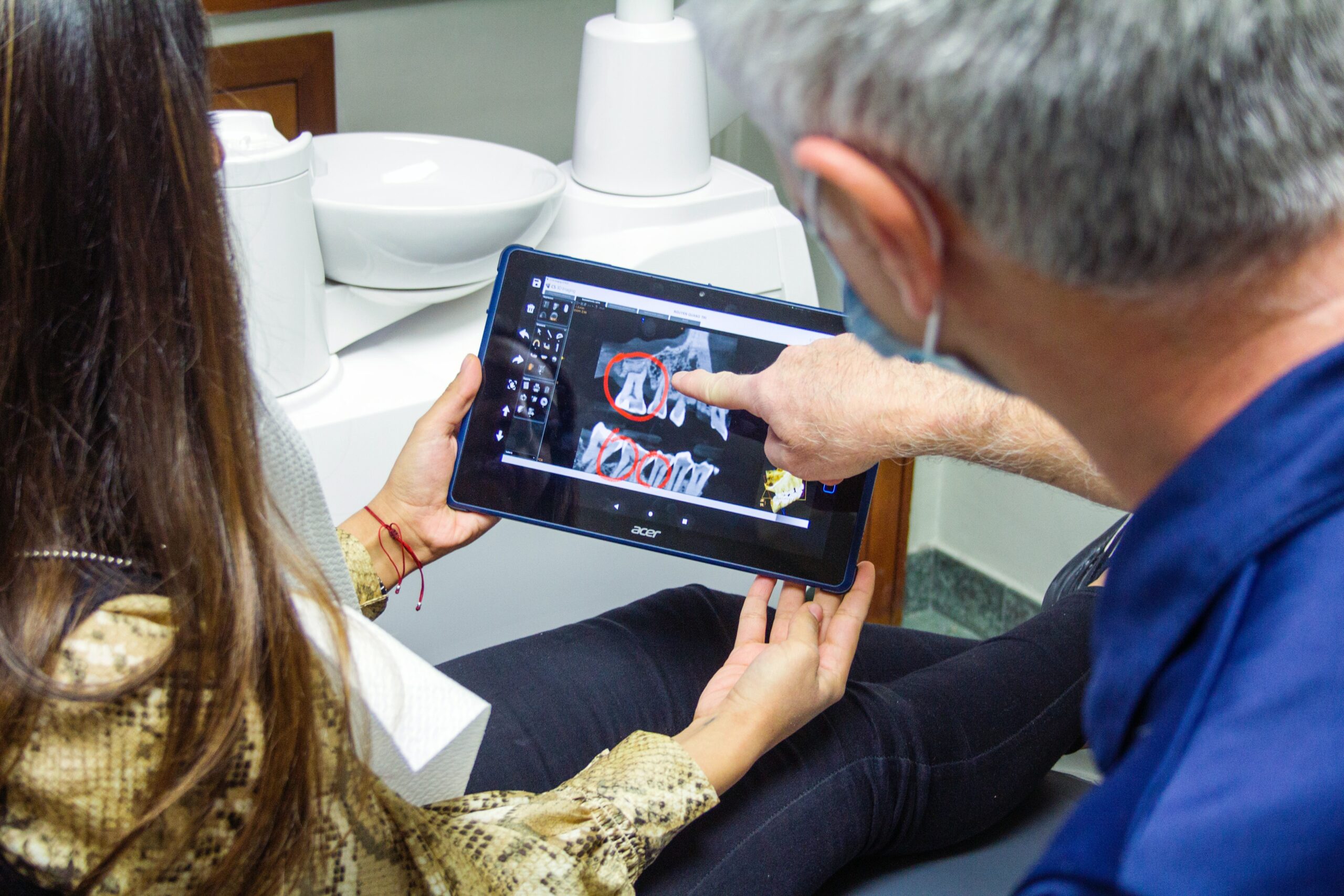The proverb, „An apple a day keeps the doctor away,” could be given a modern twist: „A walk a day keeps Type 2 Diabetes at bay.” With the prevalence of Type 2 Diabetes skyrocketing globally, preventive measures have become more crucial than ever. Among the myriad of interventions, physical activity stands out as one of the most accessible and effective. This article delves deep into the scientific and statistical data underscoring the pivotal role of physical activity in preventing Type 2 Diabetes.
The Global Surge of Type 2 Diabetes
Before we dive into the preventive measures, it’s essential to understand the magnitude of the problem. According to the World Health Organization, an estimated 422 million people worldwide have diabetes, with Type 2 Diabetes accounting for around 90% of these cases. The consequences are not just individual but societal, with escalating healthcare costs and reduced labor productivity.
The Science Behind Physical Activity and Insulin Sensitivity
At the core of Type 2 Diabetes is insulin resistance, where the body’s cells do not respond properly to insulin. This resistance results in elevated blood sugar levels, setting the stage for diabetes.
So, how does physical activity fit into the picture?
- Muscle Glucose Uptake: When you exercise, your muscles contract and take up glucose at up to 50 times the normal rate. This process occurs independent of insulin, meaning even if you’re insulin resistant, physical activity can lower your blood sugar levels.
- Improved Insulin Sensitivity: Regular physical activity can make your body’s cells more sensitive to insulin. This means your body needs less insulin to keep your blood sugar levels in check.
- Metabolic Improvements: Exercise has a cascade of beneficial metabolic effects, including increased fat oxidation, reduced liver glucose production, and enhanced muscle mitochondrial function.
Statistical Revelations: The Numbers Don’t Lie
Several comprehensive studies have highlighted the protective effects of physical activity against Type 2 Diabetes:
- Harvard School of Public Health found that a brisk 30-minute walk daily could reduce the risk of Type 2 Diabetes by 30%.
- A meta-analysis of 28 prospective cohort studies concluded that both moderate and vigorous physical activities independently reduce the risk of Type 2 Diabetes.
- The Diabetes Prevention Program showed that lifestyle intervention, including 150 minutes of moderate-intensity exercise per week, reduced the incidence of Type 2 Diabetes by 58% over three years.
Making Physical Activity a Part of Your Routine
Physical activity doesn’t necessarily mean hitting the gym or running marathons. It can be as simple as:
- Taking a brisk walk during your lunch break.
- Opting for stairs instead of the elevator.
- Engaging in household chores like gardening or cleaning.
- Participating in recreational sports or dance classes.
The key is consistency. It’s not about how intense your activity is but how regular and sustainable it is over time.
Conclusion
The war against Type 2 Diabetes is not solely fought in clinics or pharmacies but also on walking trails, in parks, and within our homes. Physical activity is a potent weapon in our preventive arsenal, backed by robust scientific and statistical evidence. So, tie up those shoelaces, get moving, and take a proactive step towards a healthier future!




